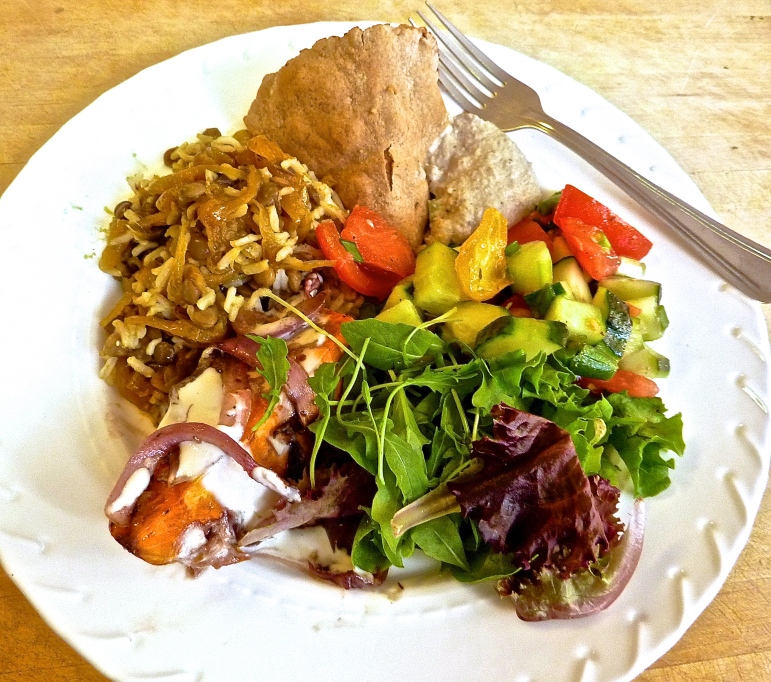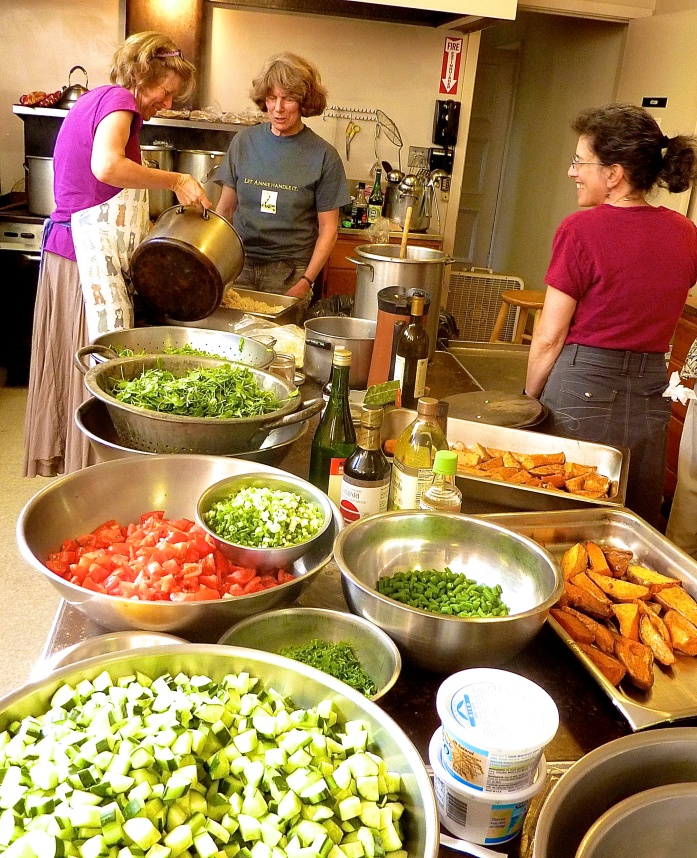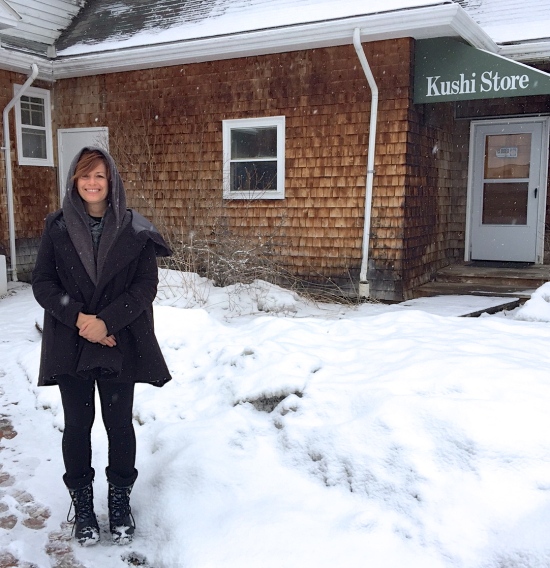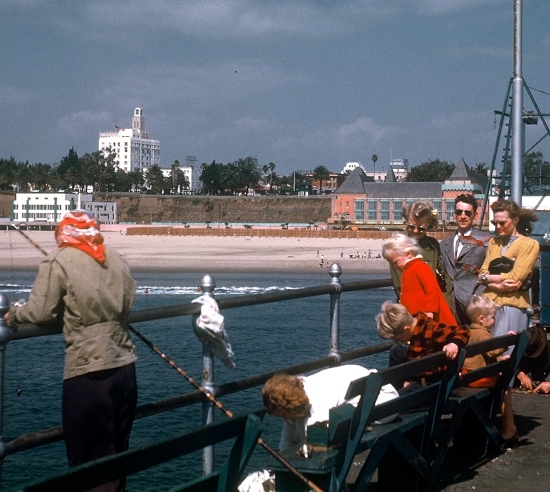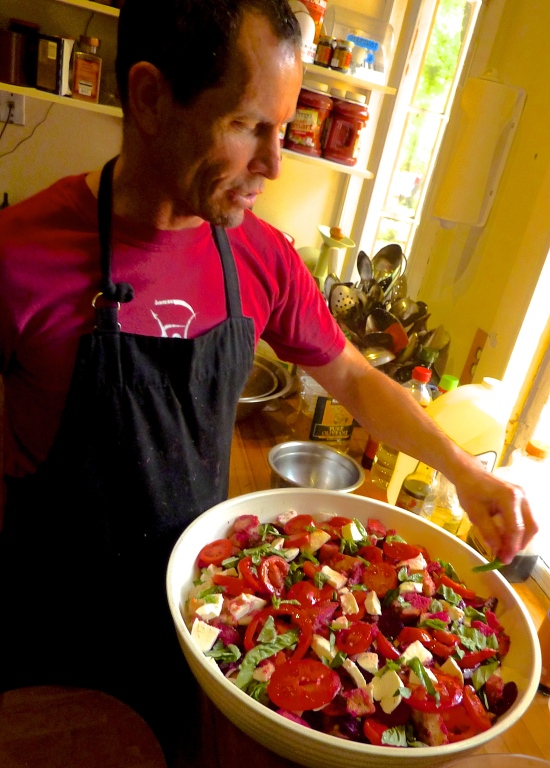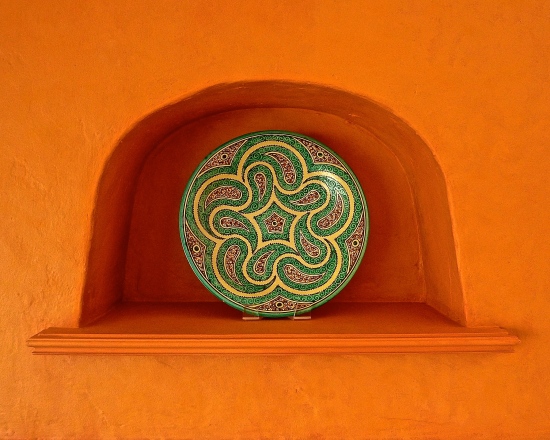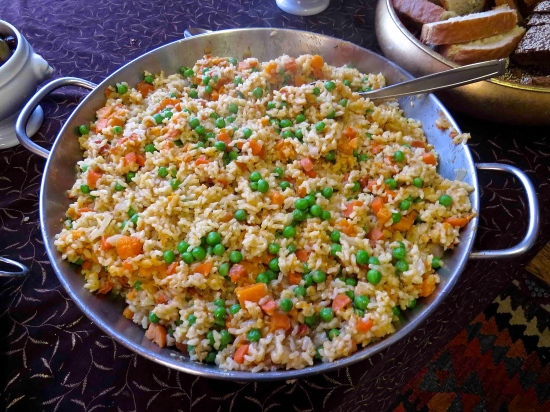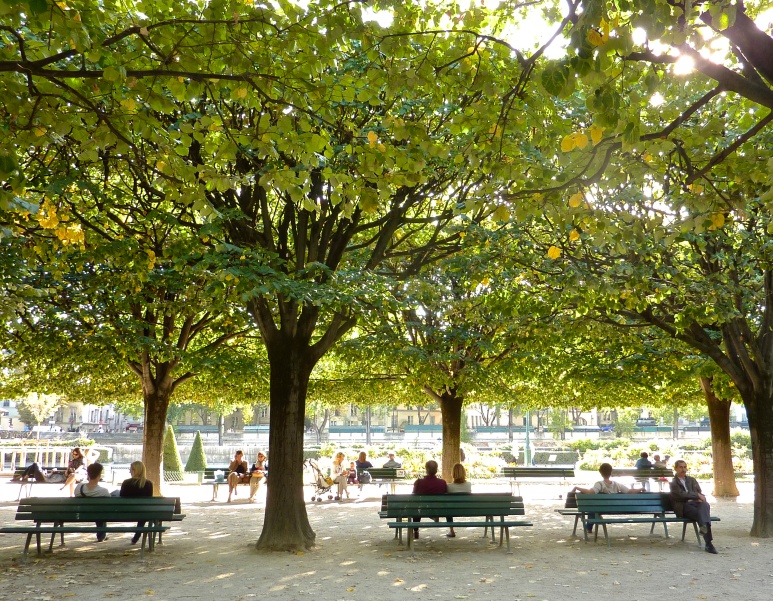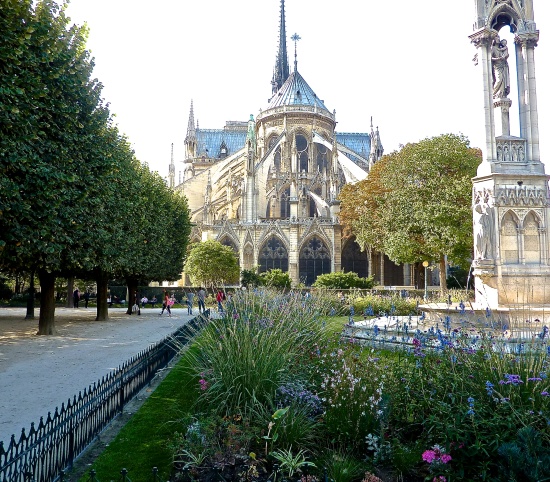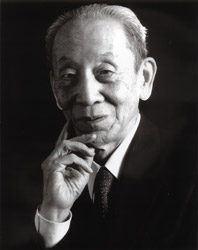———– 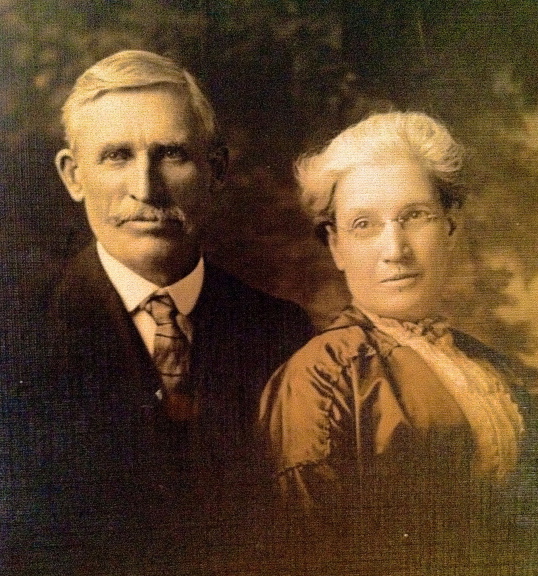 ————
————
People who know me, would probably agree that I’m a city kind of guy. I’ve lived in cities all my adult life, New York and Tokyo among them. At the age of four years, I think I’d already become a city kid, happily living with my parents and baby sister in a cozy apartment in south Minneapolis. So, imagine my surprise when, one bleak November day, I found myself moving with my family to a dark and drafty farm house, in what seemed the middle of nowhere. I later learned that I had landed in Sharon Township, Le Sueur County, about sixty miles south of Minneapolis.
Our neighbors likely wondered who were these city folk, who thought they might try to make a living out of a not-very-prosperous-looking farm. It was true, neither my mother nor my father had grown up anywhere near Sharon Township, but my mother’s mother’s family, the Joneses, could trace their history there back to the 1850’s, even before Minnesota became a state. It was my mother’s great-grandfather who emigrated from Wales to take up farming in Minnesota, and it was his son, D.W. Jones who in 1884 bought the farm where we were to live, and who in 1895 built the compact, plain and by now run-down house which became our home. By 1948, the farm had been rented out and rather neglected for a couple of decades after my great-grandparents retired from farming and moved to town. My father, who grew up on a marginal farm in central Minnesota, came to farming with a great set of practical skills, including carpentry, mechanics and plumbing. He would need all those skills and more, as he learned that farming was and is a tough way to make a living.
A great deal has changed in American agriculture in the more than sixty-five years since our family returned to the farm. In the 1940’s, 160 acres was considered a good sized farm and most farms were diversified, growing crops such as wheat, barley, oats, flax, alfalfa, corn, soybeans, and sometimes peas and sweet corn on contract for canning companies. Many farms also maintained a small dairy herd, raised hogs, and nearly all had at least a few chickens. And not incidentally, many farms still lacked electricity and indoor plumbing. Like so much else in America, everything has gotten larger: the fields, the tractors, the equipment, the inputs of costly fertilizer and insecticides. In the 19th Century more half of all Americans lived and worked on farms, now between one and two percent of us do. And those few farmers produce more than ever.
My father did modestly well as a farmer, but he started to do better when he began building houses in nearby towns. He continued farming, however, until my brother John took over in the late 1970’s. John acquired an additional 105 acres, built himself a new house, and eventually decided in 1999 to give up farming and devote himself to what had been his hobby: restoring classic cars and dealing in old car parts and memorabilia. John tells me that while he liked being his own boss, the uncertainty of the weather, and volatility of commodity prices made farming stressful. And so, the farm land is once again being rented out, the farmstead decaying. Likely, in the not distant future, the farmstead’s remaining buildings will be knocked down, the land plowed, and, as has happened countless times, another family farm’s history will be erased.
Farming has changed profoundly from something families did together employing human and animal labor, to become an industrial-scale business where management skills are primary. Yes, there is a bit of a trend to small, intensively-planted organic farms, but for most farmers “get big, or get out” is still the reality.
So, here in 33 pictures, mostly taken from slides my father made in the 1940’s-1970’s, are highlights from the 130-year history of one family farm. Thanks to Steve, our family historian, and to my mother for their help with this project.
————- 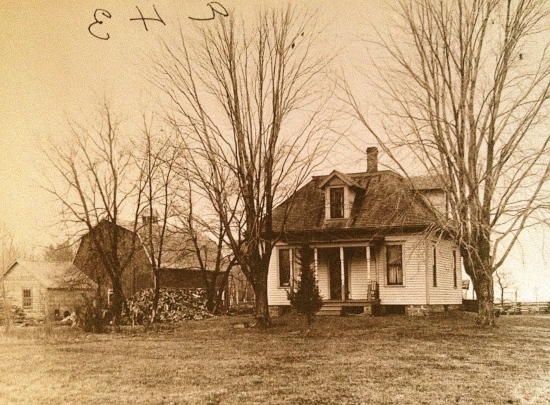 Photos: Top, My great-grandparents, D.W. and Jane Jones. In 1884, they bought the farm where I was reared, and built the house eleven years later. Photo above: the farm house around the turn of the 20th Century. Note the huge wood pile. This was not only for heating the house, but was a source of income. The farm was in what had been known as the “Big Woods,” and a lot of trees still remained. So, D.W. and a hired hand chopped wood and took it to market in the nearby town of St. Peter where it was shipped out west where wood was scarce.
Photos: Top, My great-grandparents, D.W. and Jane Jones. In 1884, they bought the farm where I was reared, and built the house eleven years later. Photo above: the farm house around the turn of the 20th Century. Note the huge wood pile. This was not only for heating the house, but was a source of income. The farm was in what had been known as the “Big Woods,” and a lot of trees still remained. So, D.W. and a hired hand chopped wood and took it to market in the nearby town of St. Peter where it was shipped out west where wood was scarce. 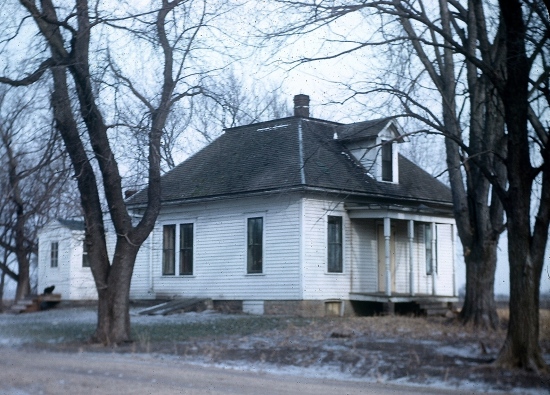 The house was little changed when we moved to the farm in November 1948.
The house was little changed when we moved to the farm in November 1948.  My dad got his camera out to record this frost-in-the-trees display in the 1950’s. Continue reading →
My dad got his camera out to record this frost-in-the-trees display in the 1950’s. Continue reading →
